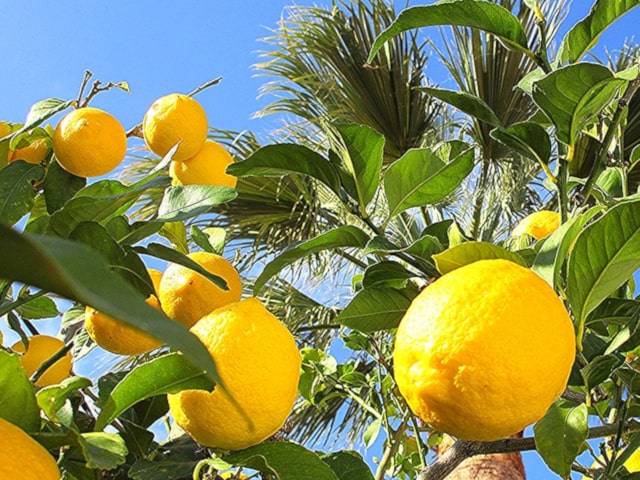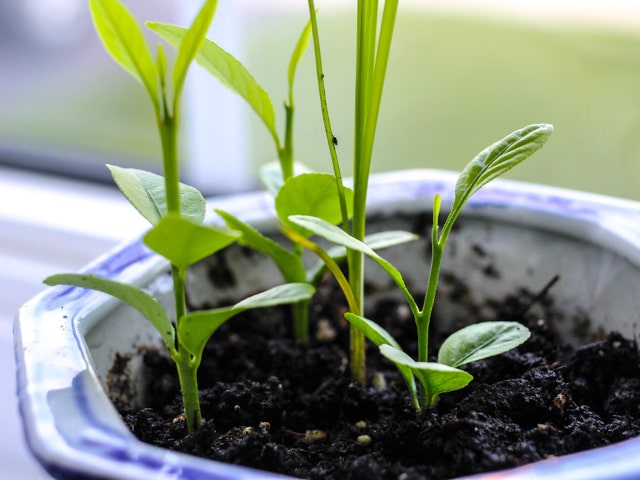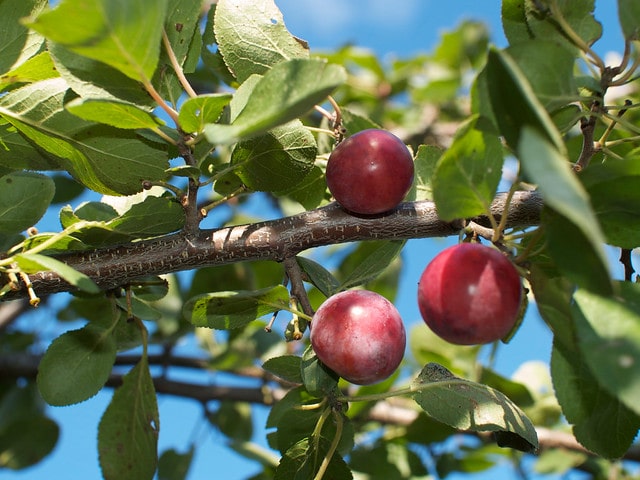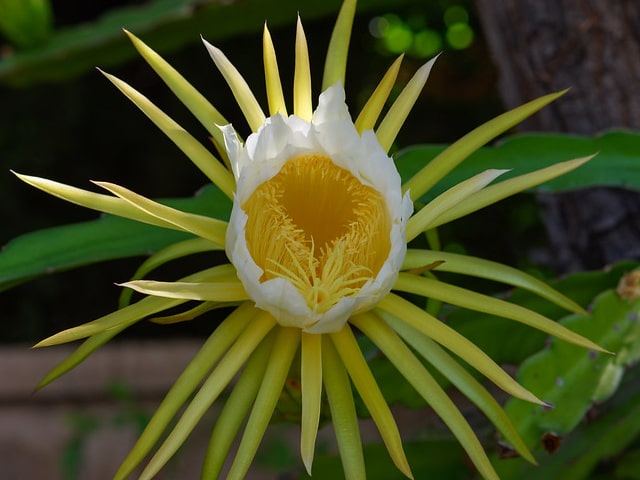
A flowering lemon tree can provide not just a beautiful sight but also a unique, fresh smell. Lemon trees are very beautiful, with their dark green, oval leaves and fragrant, white blooms. Sweet, alluring scent will enhance the atmosphere of any place or a garden.
It's therefore not surprising there are so many people who wish to grow their own lemon tree. The good news is that lemon trees are relatively easy to grow, even in containers. In fact, many people choose to grow them or their balcony or a garage and make these trees thrive.
While the best growing condition for lemon trees are hot, outdoor conditions with lots of sun, they can successfully be grown even indoors, in cold-season climates. Some people think that rooting cuttings is a good way to get fast fruit, the problem is that lemon tree cuttings are not readily available in many places around the globe. It's a different situation with lemon trees: you can get them basically anywhere.
True, you will need to wait about 3 to 6 years before your tree can produce fruit, but it's worth it. Your tree will reward you in many different ways even before it starts giving fruit. Also, there is a special satisfaction in starting your tree from seed. Lemon seed can be relatively easily be germinated in the middle of the winter. It's exciting and very rewarding to watch the seeds grow into your own, aromatic tree.
Here are quick tips and instructions on how to grow your lemon tree from seeds:
Materials
Before you start, you need to prepare all the materials and tools you'll need for growing your tree:
- A lemon seed. It's important to buy an organic lemon. Non-organic lemon seeds may be incapable of germinating. You may choose any organic option, but some people have specific climate or space requirements. Meyer lemon variety is a particularly good for growing in containers. This is a small type of lemon and is often grown for ornamental purposes, so it's a great variety for containers and growing indoors.
- Soil. You need quality potting soil, and while lemons don't have some specific requirement, it's best to use the one with a good blend of perlite, peat, vermiculite and an organic fertilizer. This type of soil is very good for growing lemon trees.
- Container. Choose a sturdy container with drainage holes. The container has to be about 5 to 6 inches deep and a few inches in diameter. This pot is ideal for your sprouting. Of course, once you get your seedling you will need to repot it to a much larger container. The size of a pot for mature lemon trees partially depend on lemon variety, but generally speaking, it has to be wider than deeper. Using a 10-16 inches deep container and 12-18 inches in diameter is a good way to go. It's even good for baby trees - you can plant it in this larger container for next couple of years. Once the tree is grown you might repot it to even larger container.
- Heat. Your tree needs lots of heat, so if you can't provide lots of sunlight to it, you need to use a grow light. Remember, lemon trees require a lot of light, especially when they're sprouting. You need to give it as much as 10 to 14 hours every day. If your area can't provide that much sun (like on a window), use a grow light. These lights don't cost much and will make your baby lemon tree thrive.
Sprouting a Lemon Tree
The first step you need to do is to sprout your lemon seed. Here's how to do it:
- Make your potting soil moist. Mix some potting soil with water in a bucket. Mix until the soil is fully damp.
- Fill the container with this pre-moistened soil. You should leave about one inch below the rim.
- Take an organic lemon and slice it open. Choose a seed that looks completely healthy. Before you use it, you need to clean it an remove all the flesh from it. The easiest way to do it is to put it in your mouth and suck to remove all the flesh and flavor. Since the seed has to be moist to germinate, keep in your mouth until you're ready to plant it.
- Plant the seed. You need to plant it about half of an inch below the soil level. Make sure that the seed is completely covered with soil. Water it with a gentle watering can or a squirt bottle.
- Cover the container with breathable plastic. This will keep the seed warm and moist. Using a clear garbage bad with holes poked into it is a good way to go. Use a rubber band to securely hold the plastic in place.
- Put the container in a warm location. Observe it for the next few days. Seeds need moist and warmth to germinate. You should never allow the soil to dry out completely. Also, it's important not to let the seed cook in this little greenhouse: too much heat and moisture is not good either. It's important to achieve a good balance. Check out the soil and if you feel it's warm enough even without the plastic bag, it's best to remove it.
- You should get your sprout in about two weeks. Monitor the pot and once the sprout emerges, remove the plastic (if it's still on). Take the container to a warm location with lots of direct sunlight. Use grow light if there's not enough natural light, but it's best to provide it with some natural light, too.
The seedling will be ready for repotting in about two months.
Growing a Lemon Tree
You should provide your lemon seedling with lots of attention. However, it doesn't mean it's difficult to grow. Here are some things lemon trees need to thrive:
- Water. You need to make sure that the soil is damp at all times. This is particularly important for young lemon trees. Don't make it sit in a puddle of all water, though (since it can make the root to rot) - this is why drainage holes are so important.
- Light. Lemon trees need lots of sunlight to thrive. It's important to place them on a warm, sunny window where they can get at least 8 hours of direct sunlight every day (more hours are even better). If this is not possible in your area, or if it's not possible all the time during a year, use a grow light. Give the tree about 12 hours of grow light per day.
- Food. Lemon trees need nutrient to thrive. Using organic fertilizers, such as compost or vermicompost, is the best way to go. Start feeding once your tree has developed a nice set of leaves. To apply this organic fertilizer, dig a little trench around a base of the tree, fill it with compost and water well. Alternatively, you may provide your tree with juicy compost tea. You should feed it twice a year, or as needed. Make sure not to overfeed. Less is usually better, so if you're unsure, wait a bit longer to reapply fertilizer. Another good way to go is to start your seed in potting soil with vermicompost or worm castings in the mix.
- Attention. While lemon trees don't need constant attention, it's important to take some time to care about them. Watch them grow and pay attention to changes. Notice any brown leaves and check the underside of leaves of pests. You need to monitor your tree so it stays healthy and strong.
Photo credit: Jeroen Stroes




0 Comments